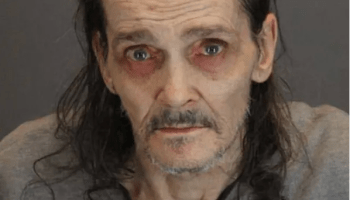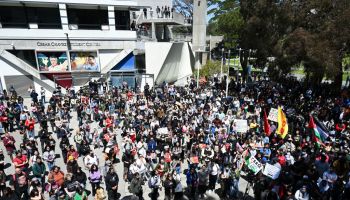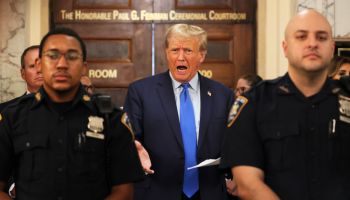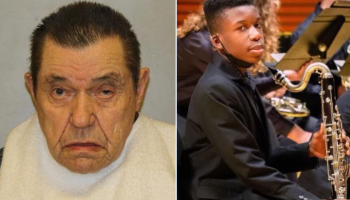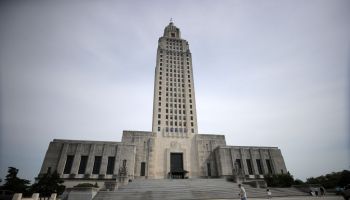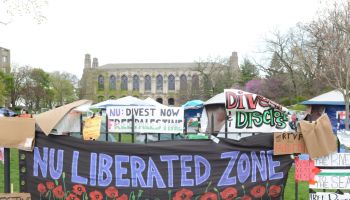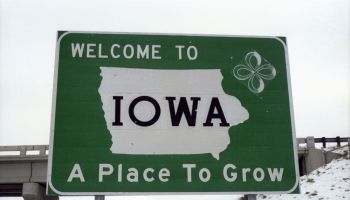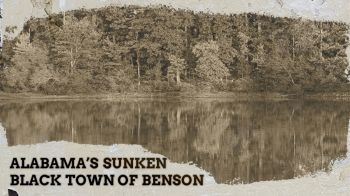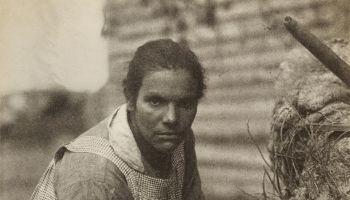We like to think of the racial violence of America’s recent past as an aberration, that it cropped up during an especially hostile moment in history and went away suddenly. A closer look at the reality of racial violence — lynching in particular — suggests, however, that America’s predilection for the slaughter of black men is alive and well and, perhaps, at work in our nation’s police departments.
A brief history of lynching
Historians and scholars’ best estimate is that two to three blacks were lynched each week in the American South during the late 19th and early 20th centuries. Nationwide, the figure totalled nearly 5,000. Lynchings were, for a time, were so common and so much a part of American culture that they spurred a style of postcard, images of lifeless, mutilated, dangling, sometimes burned black bodies to be sent around the country and enjoyed the way one might share a meme today on Instagram.
One especially gruesome postcard recovered from the time depicts the 1916 lynching of 17-year-old Jesse Washington near Waco, Texas. “This is the Barbecue we had last night my picture is to the left with a cross over it your son Joe,” the back of of the card reads.
It’s essential to note, however, that what we remember as the period of white supremacist lynching in the United States represents a peak, not a finite trend that began and ended. There were no laws that permitted the slaughter of thousands of blacks and no special laws enacted to end it.
In fact, anti-lynching activist and journalist Ida B. Wells-Barnett describing lynching passionately through much of her career as an “unwritten law.” In a January 1900 speech to a Chicago audience, Wells-Barnett said of lynching,
“It is not the creature of an hour, the sudden outburst of uncontrolled fury, or the unspeakable brutality of an insane mob. It represents the cool, calculating deliberation of intelligent people who openly avow that there is an ‘unwritten law’ that justifies them in putting human beings to death without complaint under oath, without trial by jury, without opportunity to make defense, and without right of appeal.”
Such a description begs obvious comparisons to the current state of American racial violence, particularly the extrajudicial killings of black men by police officers who act as judge, jury and executioner in response to the assumed criminality of black people.
Police killings of black people: a continuation of lynching culture
Again, it’s estimated that two or three blacks were lynched each week in the American South during the late 19th and early 20th centuries. Compare that to conservative reports from the FBI that, in the seven years between 2005 and 2012, a white officer used deadly force against a black person almost two times every week. A deeper analysis by the Malcolm X Grassroots Movement found that, in just 2012, police killed more than 313 black people — one every 28 hours. MXGM also found that 44% of those killed were unarmed and 43% were not in the process of of committing a crime, but stopped by police for “suspicious activity.”
Aside from similar frequency, historical lynchings and extrajudicial police killings of black men have something else in common: the terror they inflict on the black community.
One man describes his near lynching
Angela D. Sims, a professor of ethics and black church studies, recently documented oral histories of lynchings in a collection currently housed at the housed at the Baylor University Institute for Oral History. One man, Willie Matthew Thomas, told Sims a harrowing tale of his close call with a lynch mob at 11 years old.
Thomas said that, as a boy, his uncle would often give him rides home in an old truck. One night, after waiting a while for his uncle, he said he heard the sound of dogs barking in the distance.
“The fellow[s]—course it’s getting dark—they had one of these lanterns and they come up out there. I asked then, ‘What’s going on?’ There big ole dogs. They must be going to hunt possums,” said Thomas. “They come on up—I didn’t see no shotguns or nothing. Cause you don’t need a shotgun if you’re hunting possums—dogs catch a possum. But they had them big old sickles, what you cut down bushes and grass.”
It’s only then that the boy realized what they were hunting.
Thomas says he was harassed by the men for a while, that they sicced dogs on him that refused to bite, before finally fitting him with a noose and picking out a tree from which to hang him.
“They’re pushing me right on across the road,” he said. “I remembered in the Bible, it speak about how they treated Jesus and it said they led him away to be crucified. They led me away to be crucified—to be hung.”
But, “all of a sudden,” Thomas says a car came up the road and a man jumped out and ran toward him. It wasn’t his uncle but a white man who knew his family and pleaded Thomas’ case to his would-be killers. The men eventually relented when the boy’s uncle also arrived but that wasn’t the end of the ordeal. After receiving threat that the men would return to finish what they’d started, Thomas’ father placed him in a large wooden box that he hid in a straw field, where Thomas remained until the next day.
“My daddy, well, he was watching over, you know, everything. Shoot, yeah, I just cried all night,” Thomas told researchers in 2009 at the age of 90.
The specter of lynching haunted black Americans for generations, as the threat of police killings looms over black communities today. In fact, in the weeks since the killing of Mike Brown, John Crawford, Eric Garner and Ezell Ford, black terror is only being reinforced. Black parents are being increasingly forced to hide their children in proverbial boxes, lest they be killed.
News outlets Gawker, MSNBC, TIME, CNN, CBS and countless others have all run stories examining what black parents are telling their children about dealing with the police to avoid death. One Los Angeles Police Department officer even wrote an editorial in the Washington Post with the threatening headline, “I’m a cop. If you don’t want to get hurt, don’t challenge me.”
“My black son — I have always taught him to treat the police the same way he would a Klansman, because in parts of the South where he grew up, they were often the same,” One mother told Gawker. “He is taught to interact with them as little as possible. Get stopped for a traffic violation: Use your Sunday school manners. Keep your hands where they can be seen, and above all else, do not argue.”
This is the undeniable psychological impact of pervasive, state-tolerated, extrajudicial black execution in America. It’s goal is to control, to maintain a feeling of control and to inflict terror in millions of black Americans. It’s a theory laid out comprehensively in Social Threat and Social Control, a collection of scholarly works on the topic, edited by sociologist Allen E. Liska:
“…Southern white society required measures to ‘control’ the black population — measures which could be as effective as slavery had been. ‘Jim Crow’ legislation, disenfranchisement, judicial discrimination, debt peonage, and violent intimidation were included in the repertory of social control techniques implemented by white Southerners. It is within this context that lynching can be viewed as an instrument of social control over a ‘threatening’ Southern black population.”
Author Richard Wright wrote in his autobiography Black Boy that, growing up in Mississippi, he knew of two men who were lynched. One was his step-uncle and the other the brother of a neighborhood friend. Wright wrote of their killings, “The things that influenced my conduct as a Negro did not have to happen to me directly; I needed but to hear of them to feel their full effects in the deepest layers of my consciousness. Indeed, the white brutality that I had not seen was a more effective control of my behavior than that which I knew.”
Sadly, more than 100 years after Wright was born, white brutality and its threat — particularly in the form of omnipresent police officers- still strikes fear in the heart of many black Americans.
Michael Brown’s dead body was left in a Ferguson, Mo. street for at least four hours. With all that we know about the country’s history of racial violence as a tool of social control, it’s difficult to watch Brown’s neighbors describe the blood drain slowly from his lifeless body, his brains splattered on the concrete for everyone to see, and not reminded of the “strange fruit” that hanged from poplar trees just a few generations ago.










